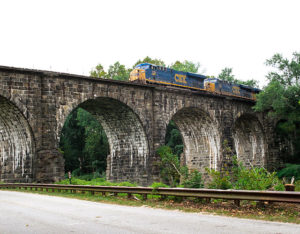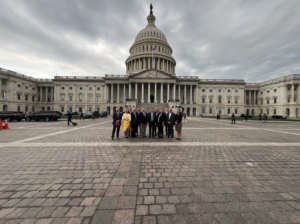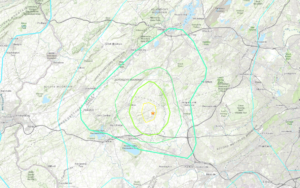New rail loop will enable BNSF to triple traffic capability
Written by jroodJohn Lanigan, BNSF's executive vice president and chief marketing officer, was a keynote speaker at the groundbreaking of a new rail project to support Vancouver's Port Terminal 5 expansion in the state of Washington, according to the company newsletter. A crowd of more than 250 people made up of state and local officials, port and transportation personnel and area residents attended the official groundbreaking.
A seven-mile loop track
will be constructed to accommodate BNSF unit trains as part of the expansion.
The project connects with a new port access point along BNSF’s Columbia River
Gorge route. Currently freight and Amtrak trains must cross over BNSF’s
Portland-Seattle mainline connection, leading to potential congestion and
delays.
State Sen. Patti Murray and
State Sen. Maria Cantwell, both of Washington, along with Lanigan discussed the
importance of future port growth and rail mobility through this partnership.
The senators indicated that state and federal dollars will support much of this
project. Port officials emphasized that rail transports 80 percent of the
freight in and out of the Port of Vancouver.
Officials also noted that
this project will create jobs and provide significant environmental benefits.
Vancouver Mayor Royce Pollard began his speech by indicating that BNSF plays a
major role in Vancouver’s present and future.
In addition to the new loop
track, more tracks will be added to handle future freight. The port’s current
rail facility isn’t long enough to accommodate unit trains that can stretch
more than a mile with more than 100 cars. The port must break them up to unload
the product and then reassemble the cars. The long unit trains can also block
traffic on the main line.
The new loop will be long
enough to accommodate full unit trains and will reduce the waiting time five to
15 minutes for trains crossing the main line. In addition, the loop will as
much as triple capacity while relieving congestion.





